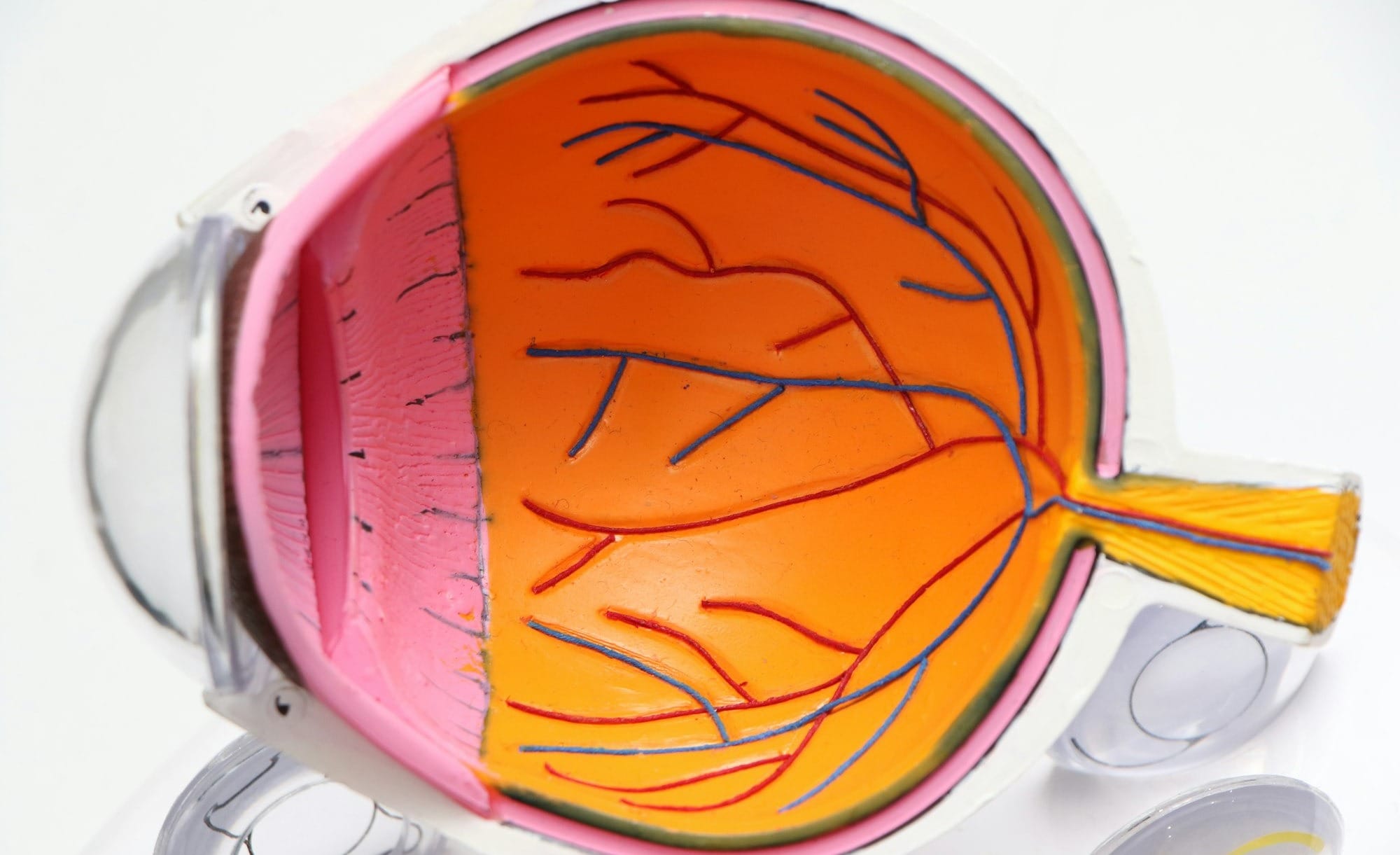This advanced laser surgery involves reshaping the cornea to improve the way light is focused on the retina. The procedure is highly effective, with many patients achieving 20/20 vision or better.
Introduction to Lasik Eye Surgery
Lasik eye surgery, often referred to simply as LASIK (Laser-Assisted In Situ Keratomileusis), is a popular and effective vision correction procedure. It uses a precise laser to reshape the cornea, the clear front part of the eye, allowing light entering the eye to be properly focused onto the retina. This technique primarily addresses common vision problems such as myopia (nearsightedness), hyperopia (farsightedness), and astigmatism, often eliminating or reducing the need for glasses and contact lenses.
Originally approved by the FDA in the 1990s, LASIK has evolved over the years with advancements in laser technology and surgical techniques. The procedure itself is relatively quick, generally taking about 15 minutes for both eyes, and is often performed on an outpatient basis. Recovery times are notably short, with many patients experiencing improved vision within 24 hours. It is a compelling option for those looking to achieve clearer vision and greater visual freedom.

The Benefits of Lasik Eye Surgery
Lasik eye surgery offers numerous benefits, making it an appealing option for those seeking to improve their vision. One of the key advantages is the rapid recovery time—most patients notice significant improvements within 24 hours, allowing them to return to their daily activities shortly after the procedure. Additionally, Lasik surgery eliminates the dependency on glasses or contact lenses, offering a more convenient lifestyle and the freedom to engage in activities without the limitations that these corrective visual aids can impose.
Another notable benefit of Lasik surgery is its high success rate. The procedure has been proven effective in correcting a range of vision problems, including myopia (nearsightedness), hyperopia (farsightedness), and astigmatism. The precision of laser technology also means that the outcomes are typically accurate and consistent. Moreover, the long-term cost savings should not be overlooked; although the initial expense may seem high, the reduction in the need for glasses, contact lenses, and associated supplies can be economically advantageous over time. This combination of efficiency, effectiveness, and financial benefit makes Lasik a popular choice for vision correction.
Potential Risks and Complications
Lasik eye surgery, like any medical procedure, comes with its set of potential risks and complications. Though modern advancements have reduced the overall incidence rate to less than 0.5%, it’s crucial to remain informed. Some patients may experience infections that lead to added discomfort and a longer healing process. Visual side effects such as halos, glare, or starbursts, particularly at night, can occur, especially in those with higher degrees of nearsightedness. In rare cases, there's a possibility of undercorrection or overcorrection which may result in the need for a secondary surgical procedure to fine-tune the results.
Additionally, complications related specifically to the corneal flap created during Lasik include flap damage or loss. Surface treatments may lead to superficial corneal scarring, which can affect visual clarity. Other potential complications encompass refractive fluctuations and corneal haze. It’s imperative to have a comprehensive discussion with your ophthalmologist to understand these risks fully and to weigh them against the benefits. Well-informed decisions are vital when considering the impact on your quality of life.

